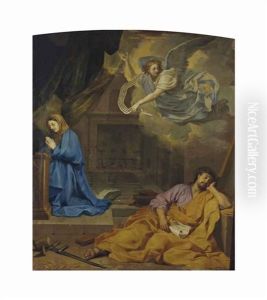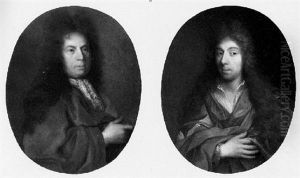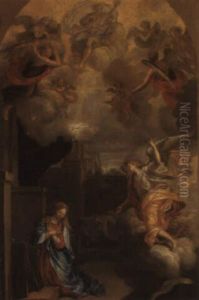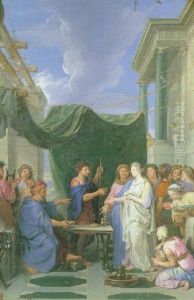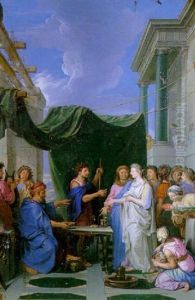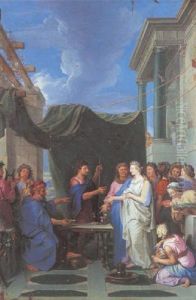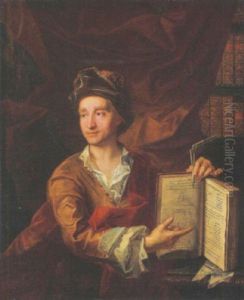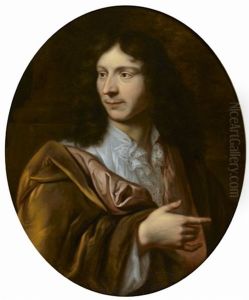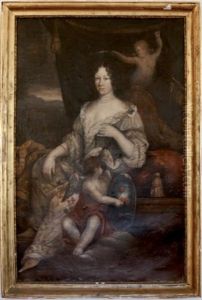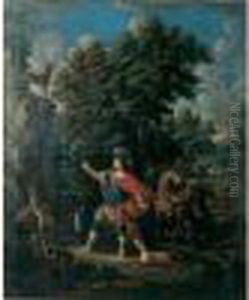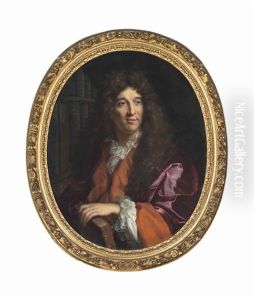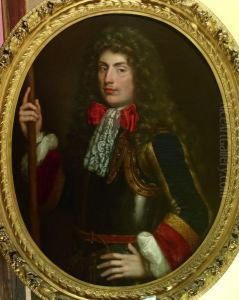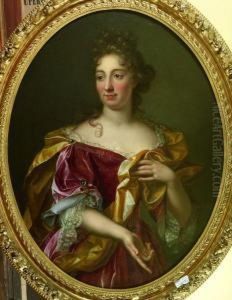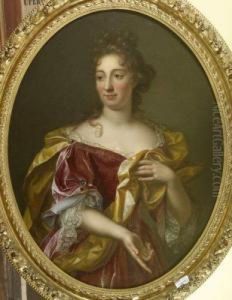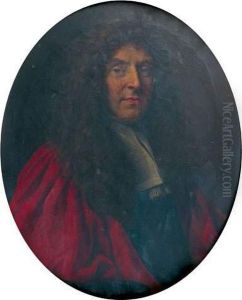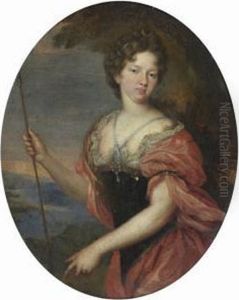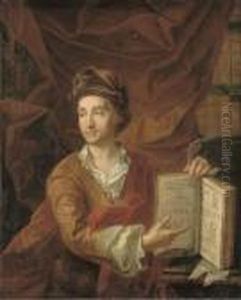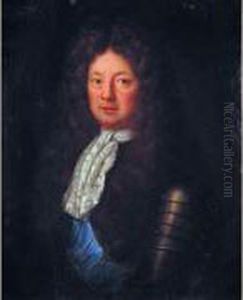Gabriel Revel Paintings
Gabriel Revel was a French painter who lived during the 17th and early 18th centuries, a period marked by the Baroque movement which deeply influenced European art. Born in 1643, Revel's career unfolded at a time when France was asserting its power and culture under the reign of Louis XIV, the Sun King, whose patronage of the arts led to a significant flourishing of French artistic expression.
Revel is perhaps less known than some of his contemporaries, such as Nicolas Poussin or Claude Lorrain, yet his contributions to French art, particularly in portraiture and historical painting, deserve recognition. His works are characterized by their detailed realism, careful attention to light and shadow, and the emotional depth of the figures portrayed. Although specific details of his training are scarce, it is likely that he received a traditional education in the arts, apprenticing under a master painter as was customary at the time.
Throughout his career, Revel worked for an elite clientele, including members of the French nobility and possibly the royal court. His ability to capture the likeness and character of his subjects was highly prized, and his portraits were celebrated for their elegance and sophistication. Besides portraiture, Revel also engaged in creating historical and mythological scenes, demonstrating a versatile talent that could traverse different genres with ease.
The legacy of Gabriel Revel is preserved in various French institutions and through private collections, where his works continue to be studied and appreciated for their contribution to the Baroque period in France. Despite the challenges of his era, including political upheavals and the changing tastes of art patrons, Revel managed to maintain a successful career until his death in 1712. His art remains a testament to the rich cultural milieu of 17th-century France and its enduring influence on the development of Western art.
